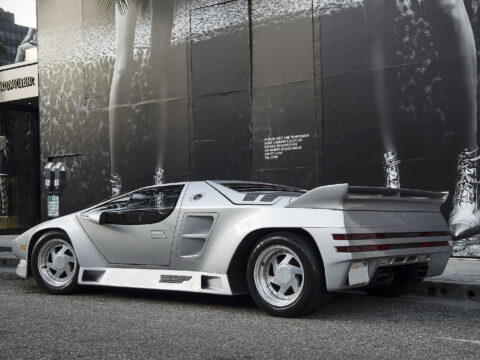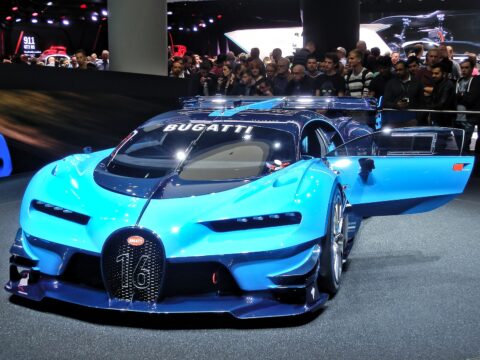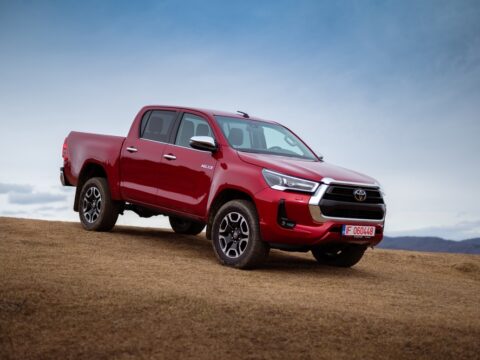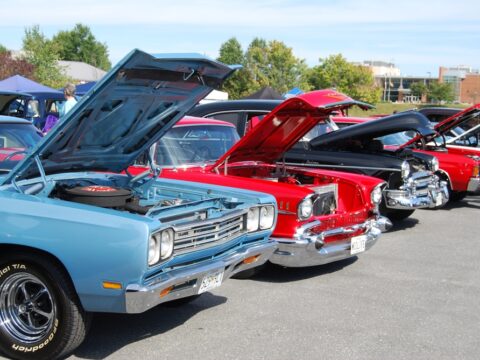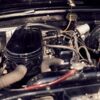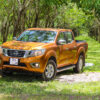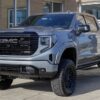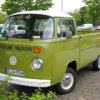Harley-Davidson is a name synonymous with American motorcycles, but even the most dedicated fans might not know all the details about these iconic bikes. From hidden design innovations to lesser-known historical facts, there’s much more to Harley-Davidson than meets the eye. Let’s explore 15 little-known details about classic Harley-Davidsons that highlight the brand’s rich heritage and lasting influence on motorcycle culture.
Contents
Knucklehead Engine Debut (1936)
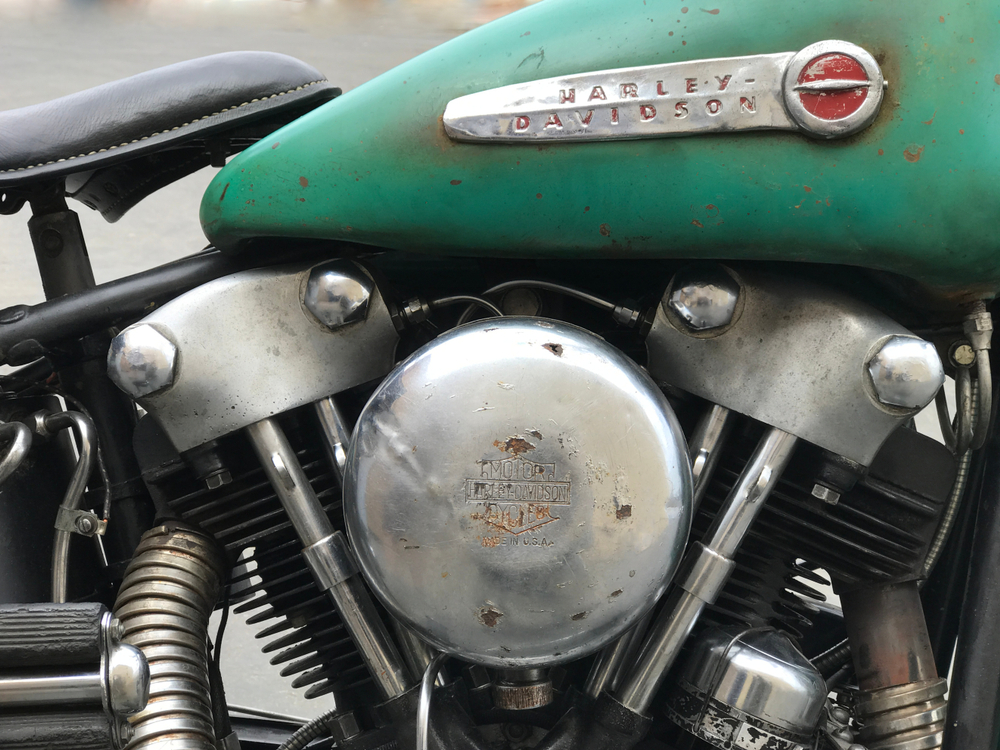
The introduction of the Knucklehead engine in 1936 marked a turning point for Harley-Davidson, bringing significant advancements in power and reliability. Known for its distinctive valve covers, the Knucklehead provided the foundation for modern V-twin engines. Its overhead valve design was revolutionary at the time, offering increased performance and durability. Despite initial production challenges, the Knucklehead became a legend, cementing Harley-Davidson’s reputation for innovation.
EL Model’s Art Deco Influence (1936)
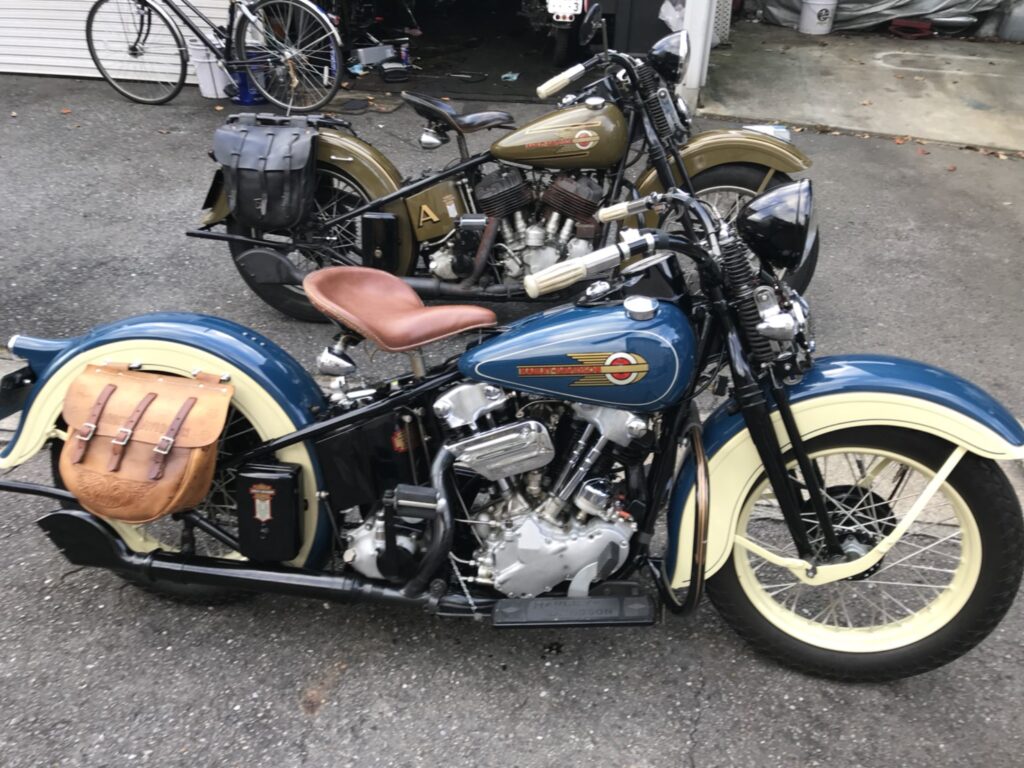
The 1936 EL model wasn’t just a powerhouse with the new Knucklehead engine; it also showcased Harley-Davidson’s embrace of Art Deco design. With sleek lines and intricate detailing, the EL reflected the aesthetic trends of the era. This combination of form and function made it not only a mechanical marvel but also a work of art on wheels. Collectors still admire the EL for its unique blend of performance and style.
WLA’s Role in WWII (1940s)
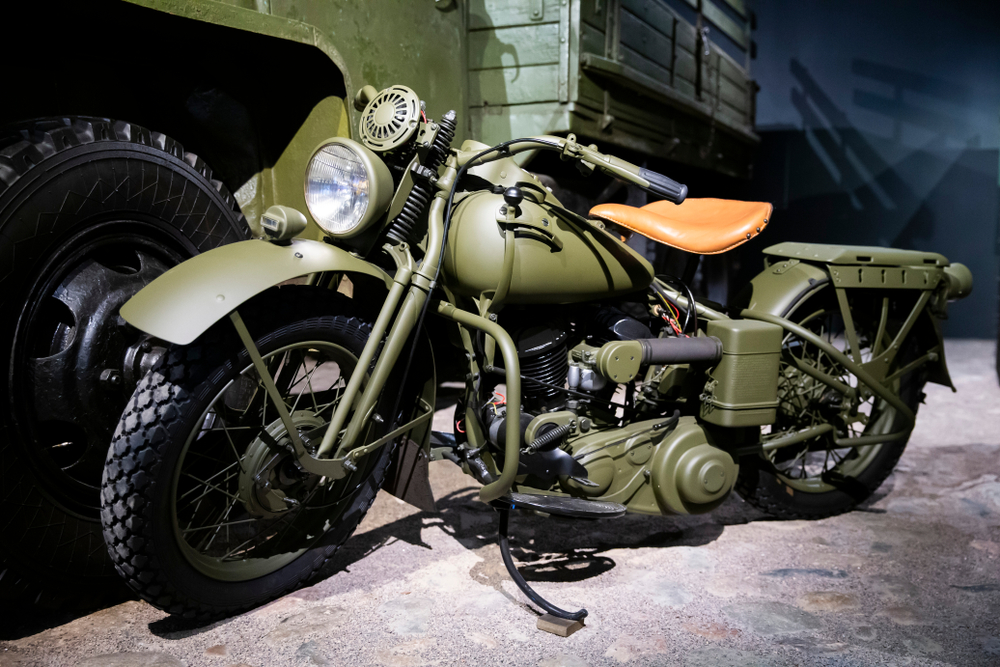
During World War II, the Harley-Davidson WLA model became known as the “Liberator,” playing a crucial role in the war effort. Over 90,000 units were produced for the U.S. military, and the bike was designed to withstand rugged conditions with minimal maintenance. Equipped with a 45 cubic inch flathead engine, the WLA was highly reliable and versatile, serving as a scout and courier vehicle. Its success helped solidify Harley-Davidson’s global reputation.
The First Super Glide (1971)
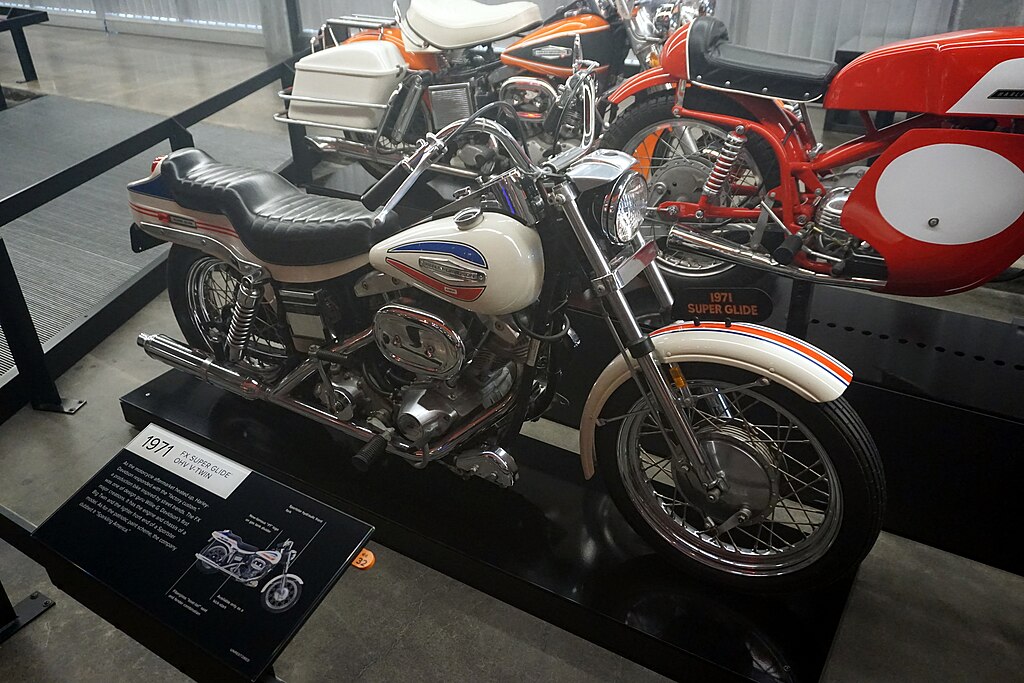
The FX Super Glide, introduced in 1971, was Harley-Davidson’s first factory custom motorcycle, blending the sportier XL Sportster’s front end with the larger FL’s frame. Designed by Willie G. Davidson, this model launched the “factory custom” trend, giving rise to an entirely new category of motorcycles. The Super Glide’s minimalist design and powerful engine resonated with riders, making it a standout in Harley’s lineup.
Shovelhead Engine Evolution (1966-1984)
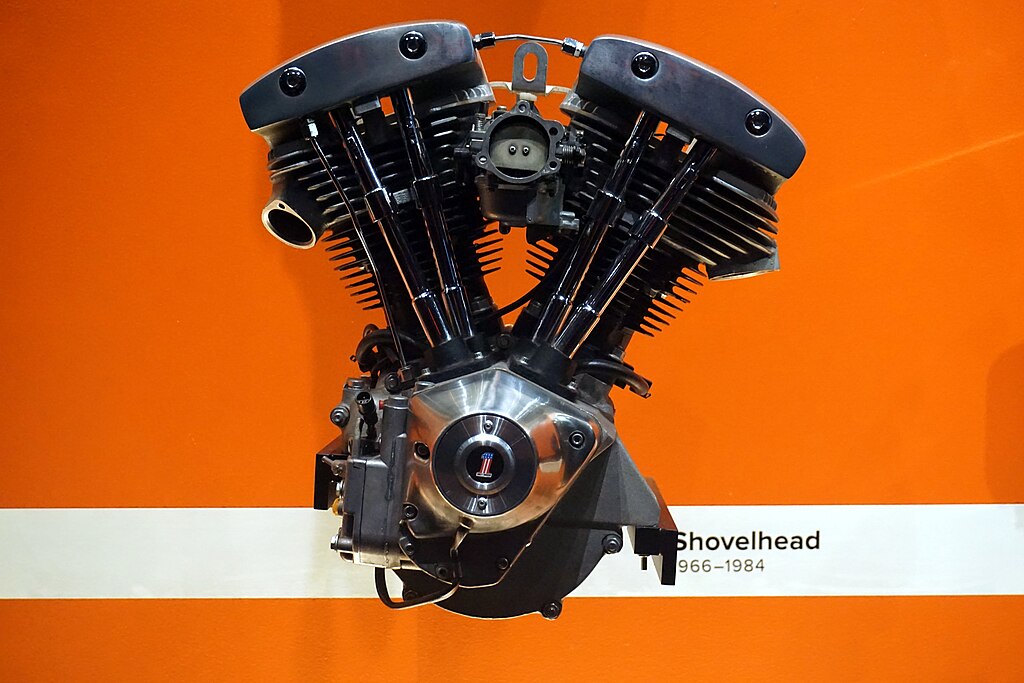
The Shovelhead engine, produced from 1966 to 1984, built upon the success of the Panhead but introduced significant improvements in cooling and performance. Named for its distinctive shovel-like rocker covers, the engine was known for its increased horsepower and smoother ride. It became a favorite among custom builders, with many iconic choppers of the 1970s featuring the Shovelhead. Its robust design made it a mainstay in Harley’s lineup for nearly two decades.
First Touring Bike – Electra Glide (1965)
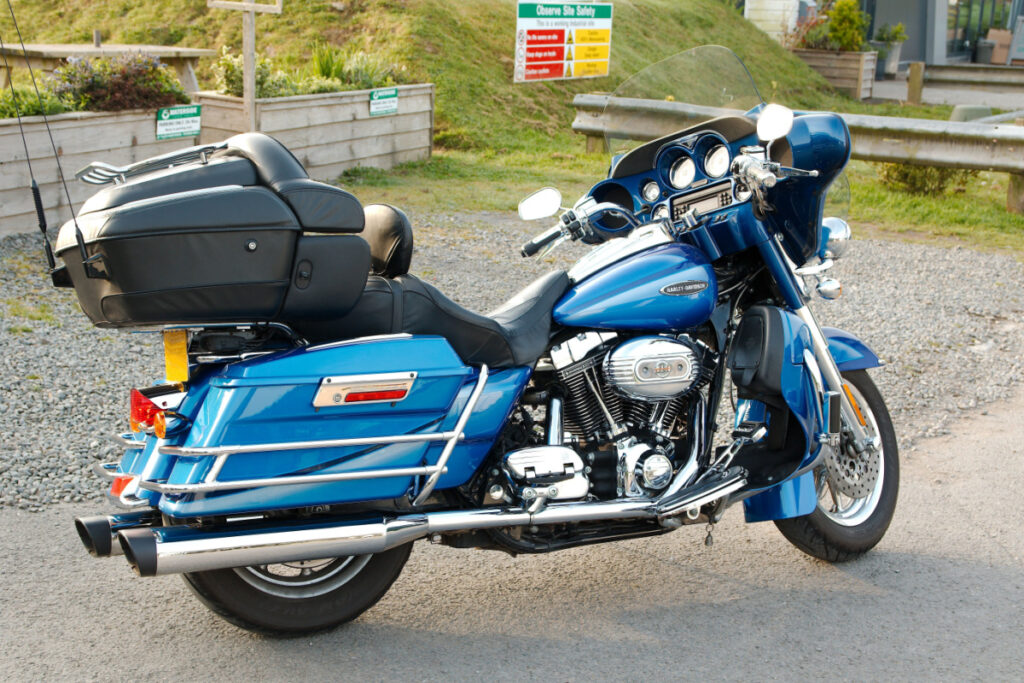
Harley-Davidson’s first true touring bike, the Electra Glide, was introduced in 1965 and featured the brand’s first electric start. This innovation made long-distance riding more accessible and comfortable, setting the standard for touring motorcycles. The Electra Glide also debuted with the Panhead engine, which later transitioned to the Shovelhead, further cementing its place as a classic. Today, the Electra Glide remains synonymous with long-haul comfort and reliability.
The Creation of the Sportster (1957)
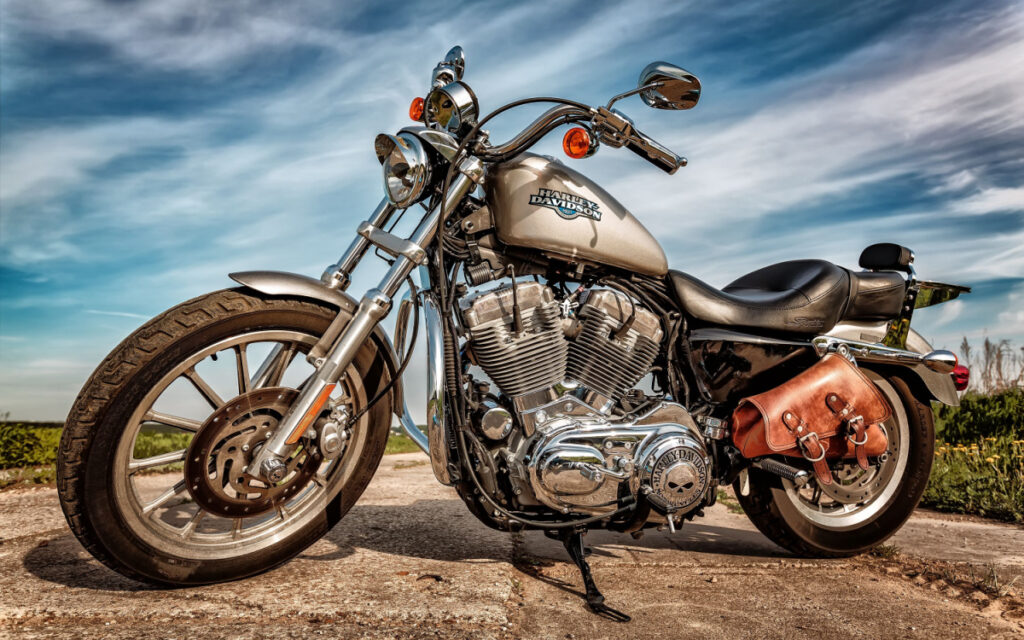
The introduction of the Sportster in 1957 marked Harley-Davidson’s entry into the lightweight performance market, directly competing with British imports. Equipped with an overhead valve engine and a lighter frame, the Sportster quickly became known for its speed and agility. Its design catered to a younger generation of riders, helping Harley-Davidson maintain relevance in a rapidly changing market. The Sportster’s enduring popularity has made it a cornerstone of the brand’s lineup.
XR750’s Flat Track Dominance (1970s-1980s)
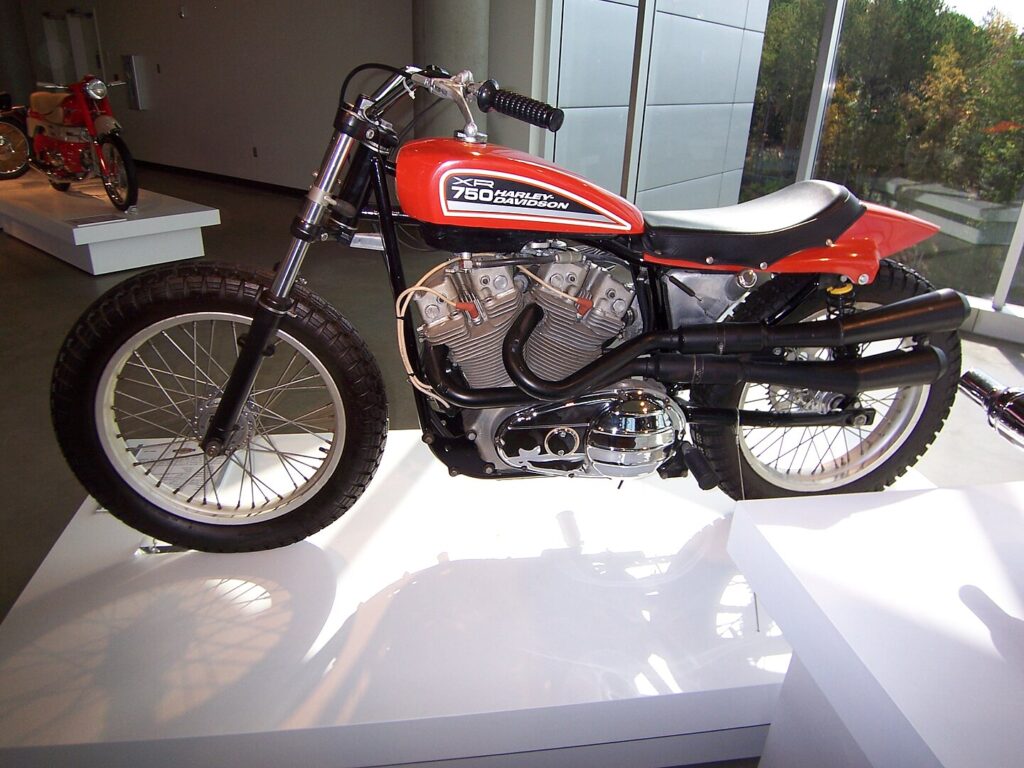
The Harley-Davidson XR750 became an icon of American flat track racing, dominating the scene throughout the 1970s and 1980s. Originally designed to comply with new AMA racing regulations, the XR750’s powerful engine and lightweight frame made it nearly unbeatable on the track. Riders like Evel Knievel further popularized the XR750 with their daring stunts, cementing the bike’s status as a legend. Its success on the track helped boost Harley-Davidson’s racing pedigree.
The Panhead’s Hydraulic Lifters (1948-1965)
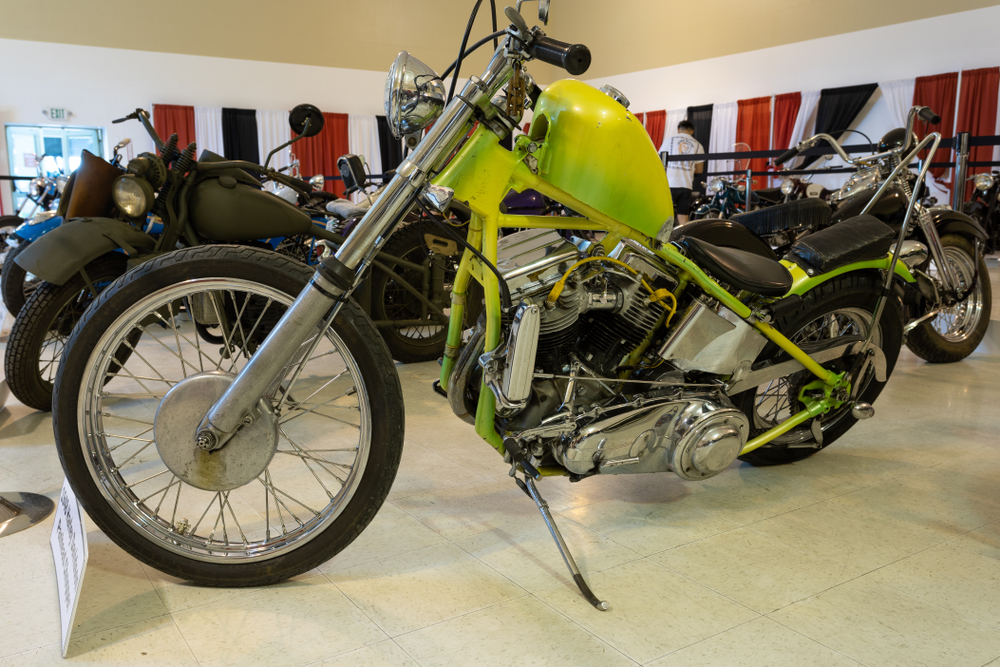
The Panhead engine, produced from 1948 to 1965, introduced hydraulic lifters to Harley-Davidson motorcycles, significantly reducing maintenance needs. These lifters automatically adjusted valve clearance, which meant riders spent less time on upkeep and more time on the road. The Panhead’s smooth performance and distinctive rocker covers made it an instant classic. Even today, it’s celebrated for its durability and vintage appeal.
The 45 Flathead’s Versatility (1929-1973)
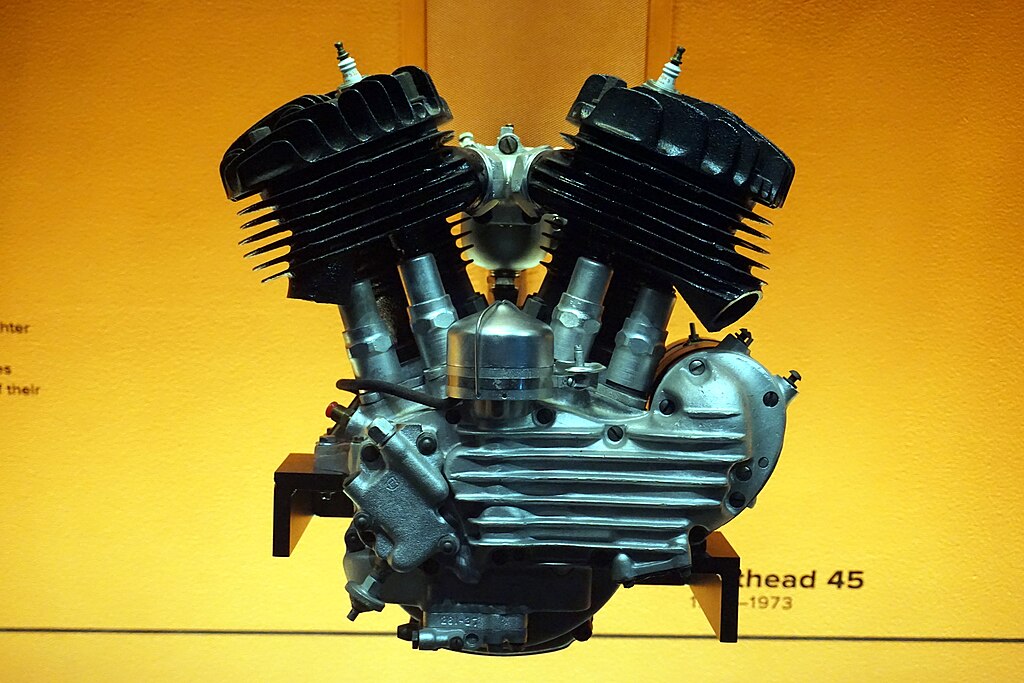
Harley-Davidson’s 45 cubic inch flathead engine, first introduced in 1929, powered a variety of models over its long production run, including the WL, WLA, and Servi-Car. Known for its simplicity and reliability, the 45 flathead became a workhorse engine, especially during the Great Depression and WWII. Its adaptability made it a favorite for military and civilian use alike, and it remains a beloved engine among vintage enthusiasts.
The Softail Frame (1984)
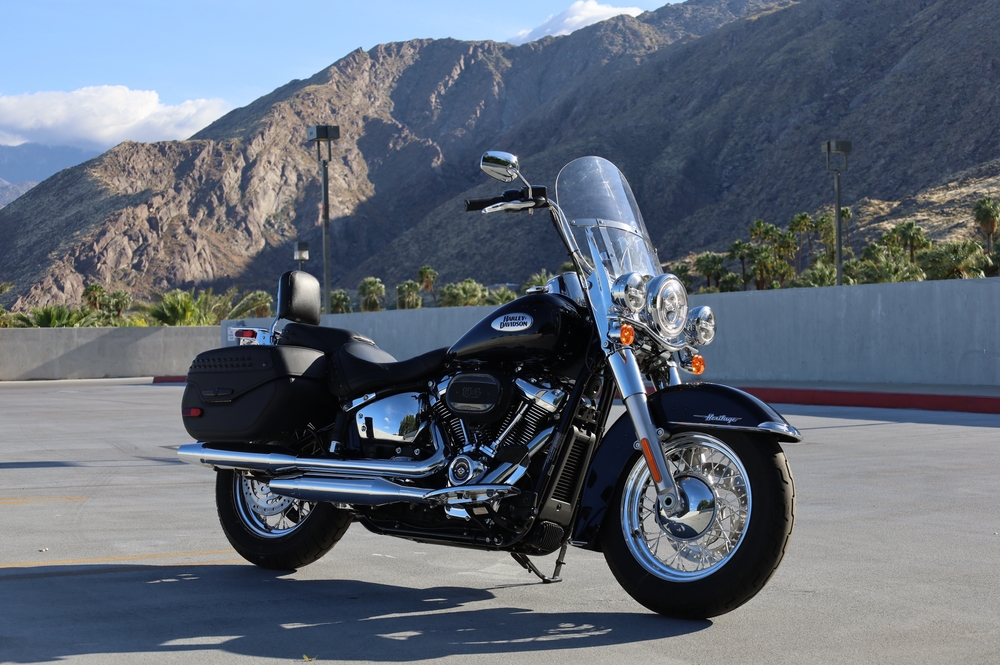
The introduction of the Softail frame in 1984 was a game-changer for Harley-Davidson, combining the classic look of a rigid frame with the comfort of a hidden rear suspension. This design allowed riders to enjoy a smoother ride without sacrificing the bike’s vintage aesthetic. The Softail quickly became a favorite among Harley enthusiasts, with its unique blend of style and comfort. It remains one of the brand’s most popular and enduring models.
The Evolution of Harley-Davidson Logos (1909-Present)
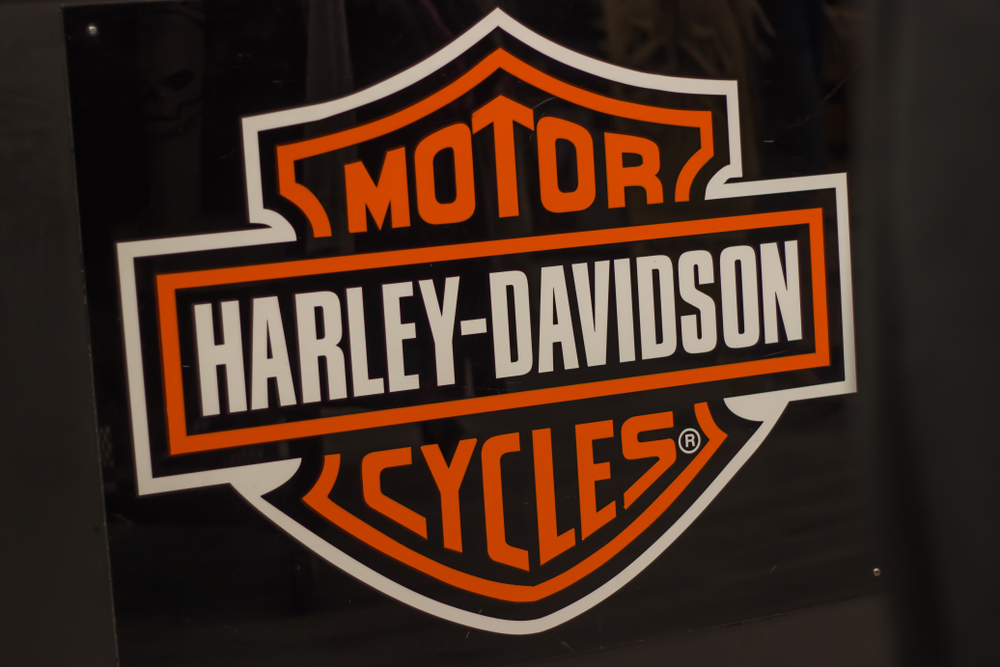
The famous bar-and-shield logo of Harley-Davidson, introduced in 1909, has undergone several subtle changes over the years, each reflecting the brand’s evolution. While the core elements of the logo have remained the same, the typography and detailing have been updated to align with contemporary trends. The logo’s enduring appeal lies in its simplicity and strong association with freedom and American craftsmanship. It’s one of the most recognizable symbols in the automotive world.
AMF Era’s Contribution to Custom Culture (1969-1981)
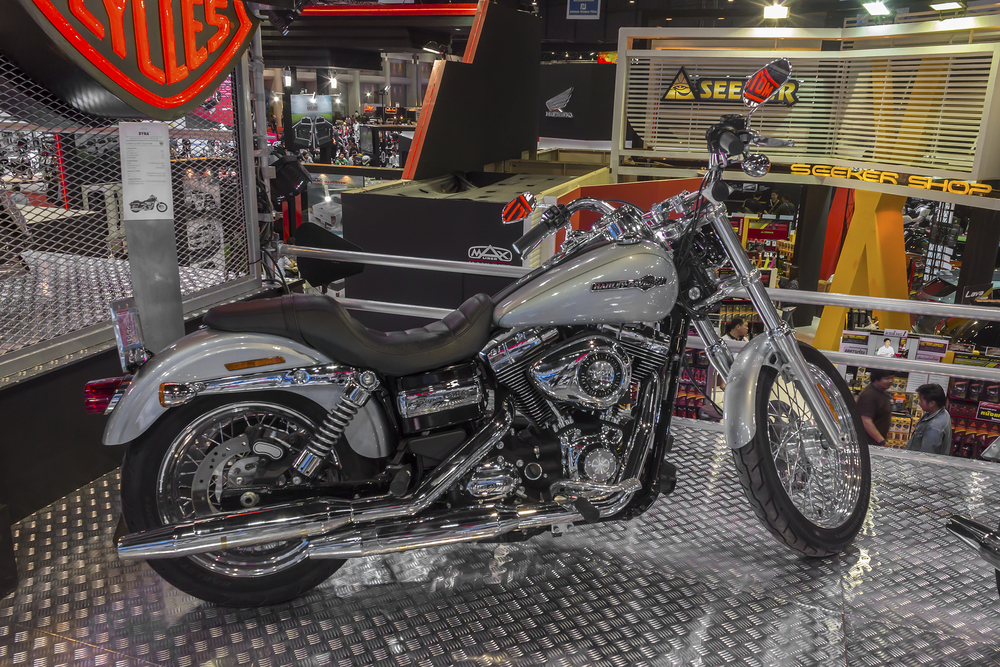
While the AMF years (1969-1981) are often criticized for quality control issues, this era also saw the birth of Harley-Davidson’s factory custom culture. Models like the Super Glide and Low Rider emerged during this period, catering to a growing demand for personalized bikes. The AMF era helped popularize the idea of factory customs, which continues to be a significant aspect of Harley-Davidson’s identity.
The Introduction of the “Live to Ride” Motto (1985)
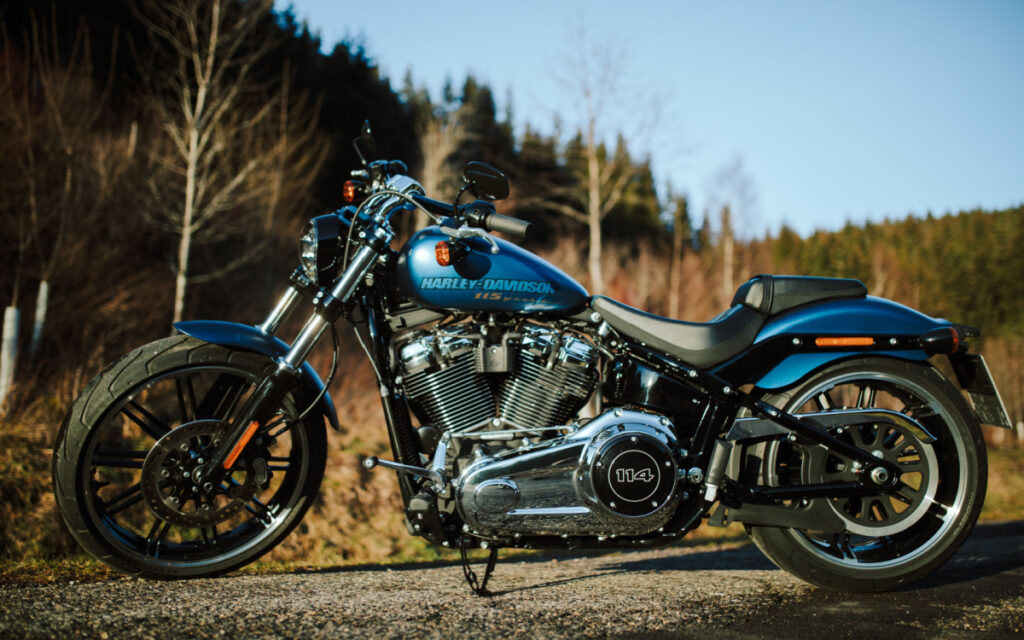
In 1985, Harley-Davidson introduced the “Live to Ride, Ride to Live” motto, which quickly became a rallying cry for the brand’s loyal followers. This phrase encapsulated the spirit of freedom and adventure that Harley riders cherish, further strengthening the emotional connection between the brand and its customers. The motto has since become synonymous with Harley-Davidson culture, appearing on everything from merchandise to motorcycle parts.
First Harley-Davidson Café Racer – XLCR (1977)
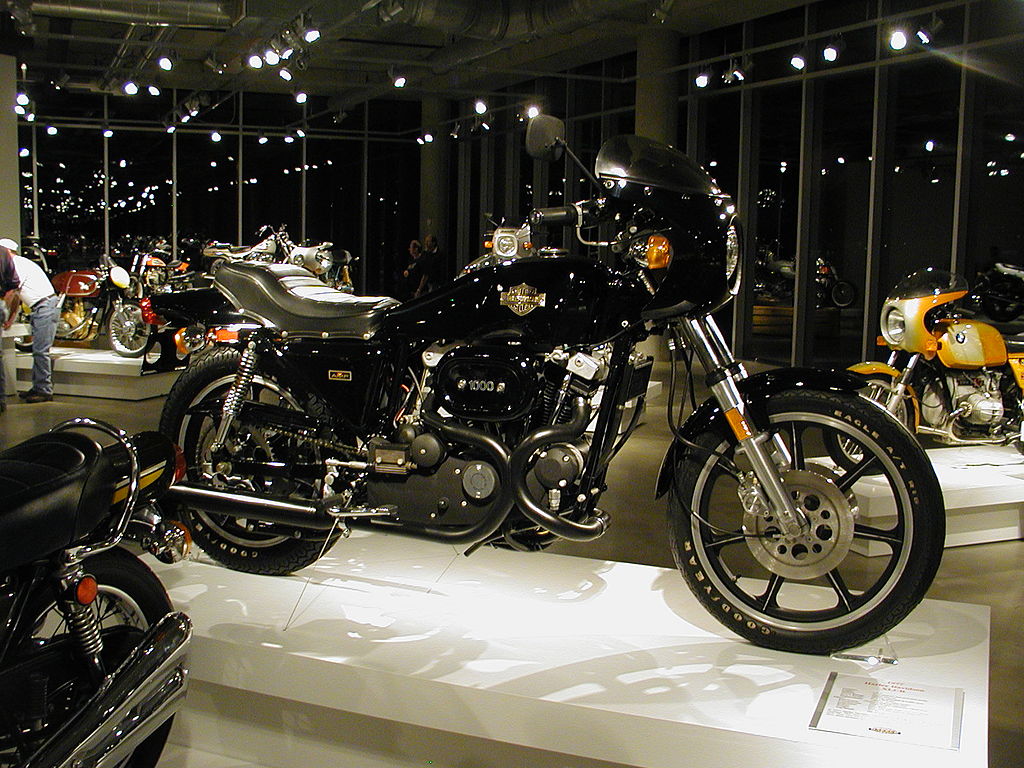
The XLCR, introduced in 1977, was Harley-Davidson’s first attempt at a café racer-style motorcycle. With its blacked-out look and sportier stance, the XLCR stood out from the brand’s traditional offerings. Though it was not a commercial success, the XLCR has gained a following for its unique place in Harley-Davidson’s history as an early experiment in blending American power with European-inspired styling.
This article originally appeared in MyCarMakesNoise.
More from MyCarMakesNoise
20 Rarely Seen Hypercars from the 1990s
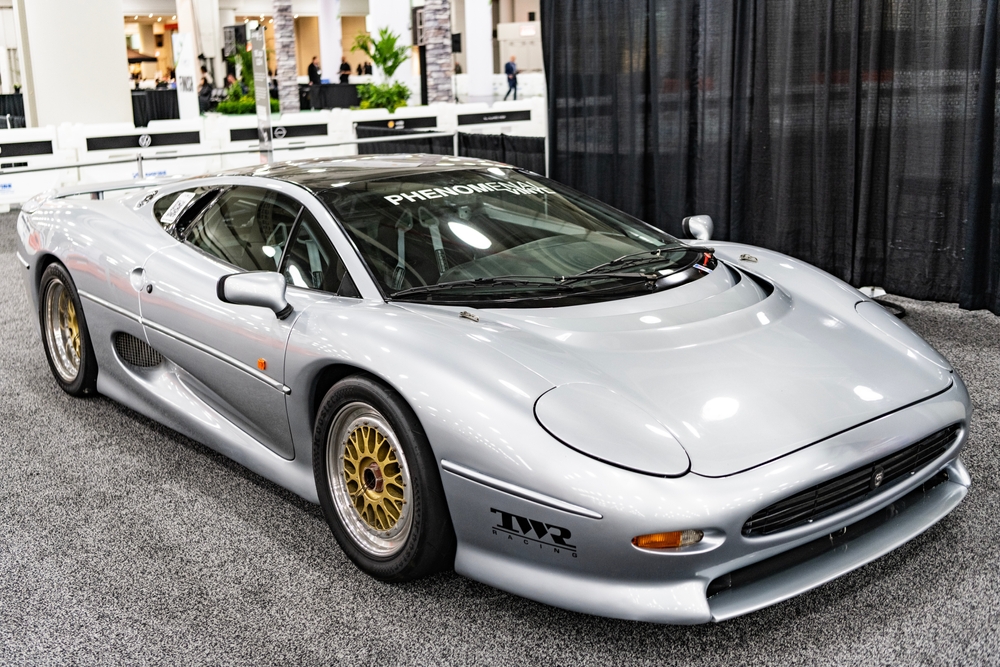
The 1990s saw the emergence of hypercars that pushed the limits of performance and design, yet some of these incredible machines remain rarely seen. These vehicles were at the forefront of automotive innovation, boasting groundbreaking engineering and breathtaking speed. Read More.
15 Overlooked Issues with Electric Cars You Should Know
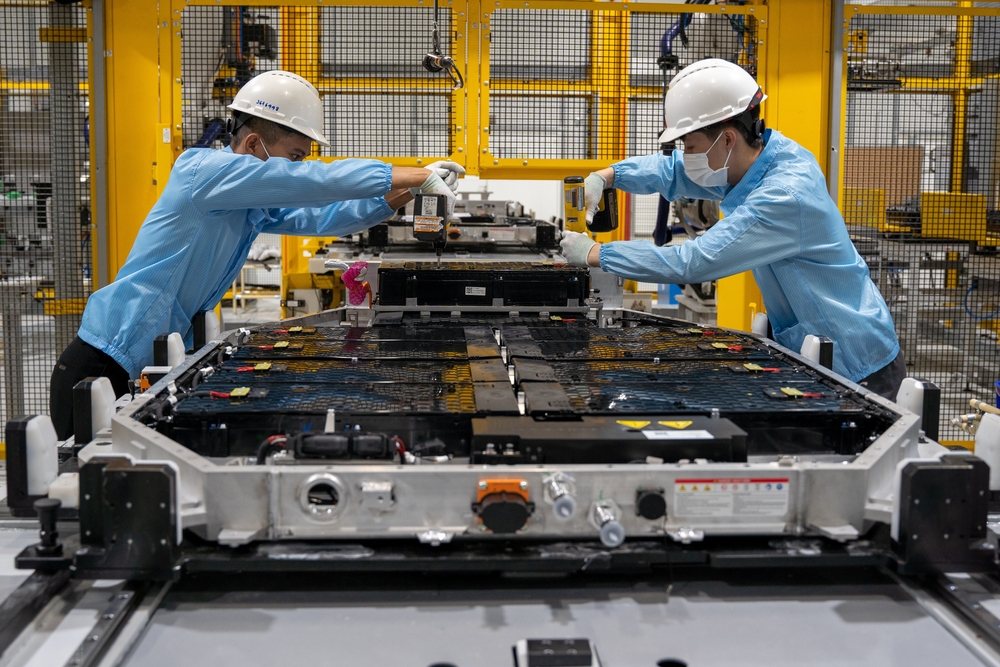
Electric cars are often hailed as the future of transportation, promising a cleaner and more sustainable way to get around. However, like any technology, they come with their own set of challenges that aren’t always immediately apparent. Read More.
25 Unusual Production Cars You Won’t Believe Exist
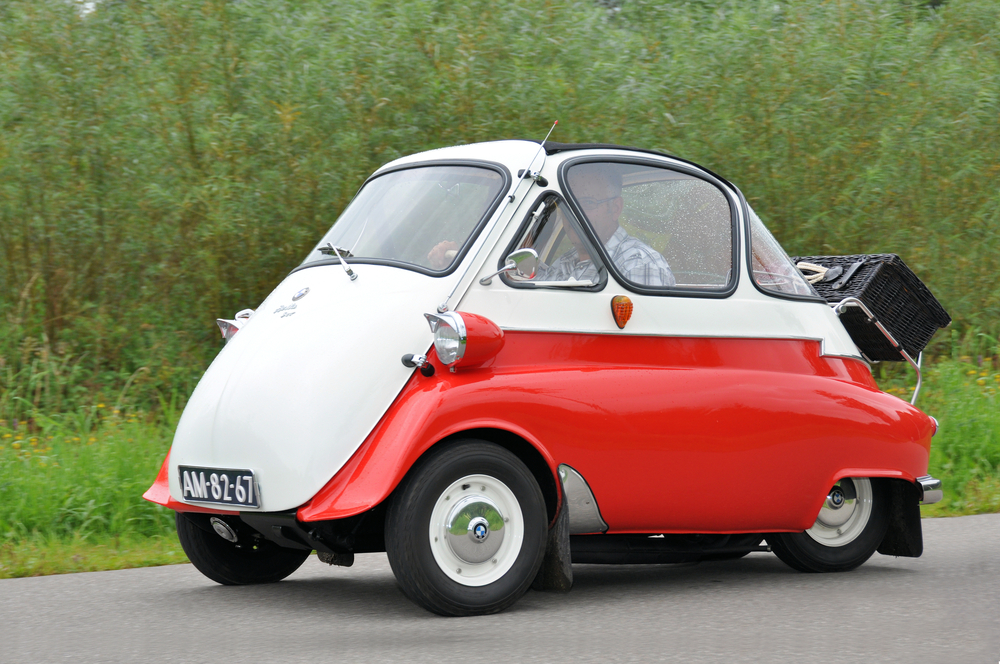
When it comes to car design, some manufacturers have taken the road less traveled, creating vehicles that defy conventional norms and capture our imagination. In this article, we explore 25 of the most unusual cars ever produced, each with its own unique story and distinctive features. Read More.

